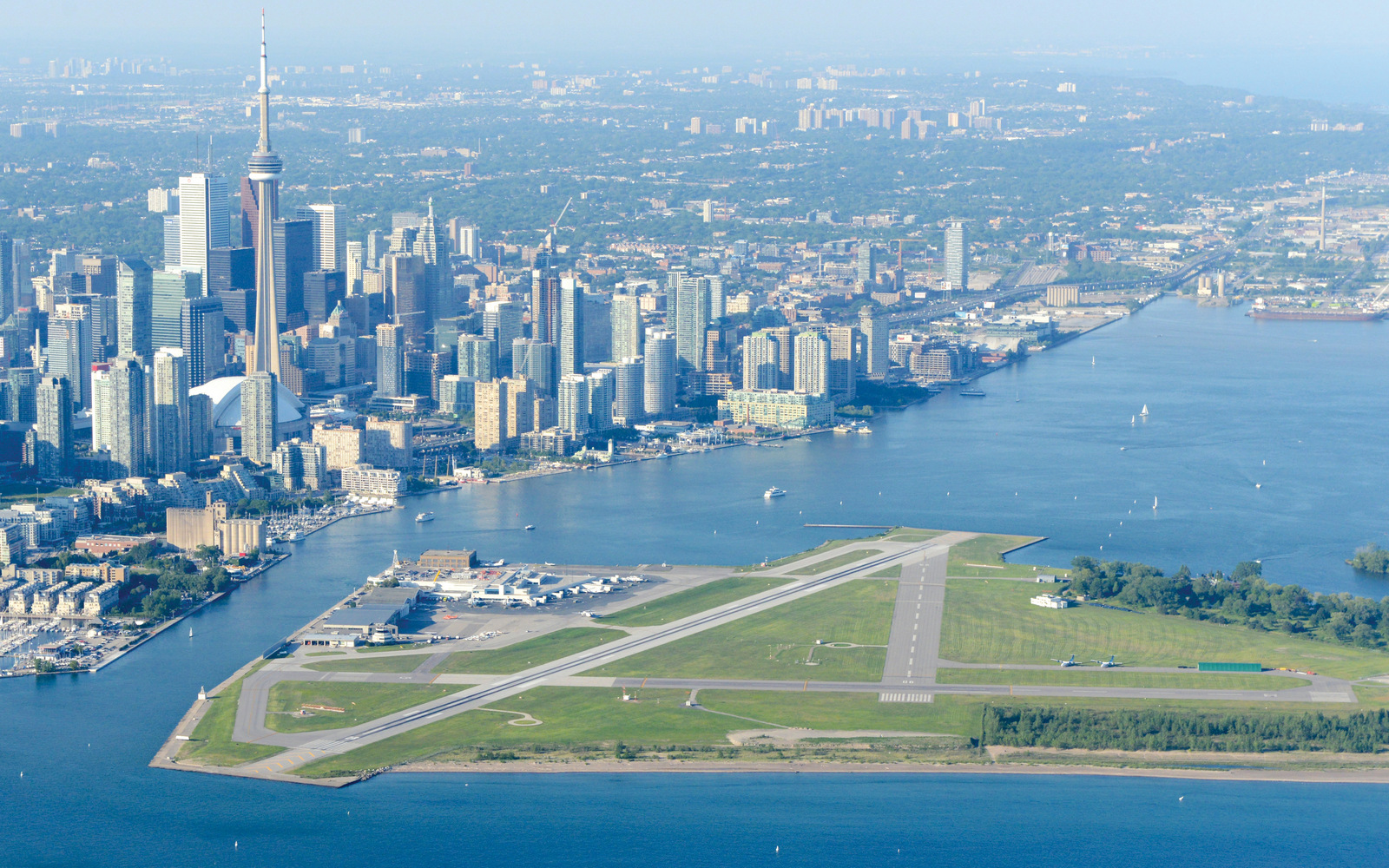Written for Randall Anthony Communications – The Globe and Mail
Billy Bishop Toronto City Airport can be seen from the upper floors of the office towers and apartment buildings that crowd the centre of Canada’s largest city. Located less than three kilometres from downtown on Toronto Island, the airport is Canada’s ninth busiest. But it takes an even closer look to appreciate this small airport’s substantial impact.
Nestled just a stone’s throw from downtown on Toronto Island, the airport has quickly risen to become Canada’s ninth busiest.
Today, 24 destinations in Canada and the United States are served primarily by Porter Airlines, the airport’s major airline, along with flights by Air Canada Express. This year, the airport was recognized by the Skytrax World Airport Awards as one of the Top Regional Airports in North America.
Since 2006, the airport has seen year-over-year exponential growth in passenger numbers, annually driving $2.1-billion in direct and indirect economic benefit to the Greater Toronto Area. The airport supports 6,500 jobs, including almost 2,000 onsite operational positions. “I think you start to appreciate that the numbers about economic benefit are really punching above their weight,” said Geoffrey Wilson, CEO PortsToronto. “The economic and demographic profile of our passengers all add up to this airport’s economic benefit contributing above its actual mean average for an airport of this size.”
Due to the airport’s easy accessibility, close to 40 per cent of passengers walk, bike or use public transit to get to their flights. And with the July 30th opening of the long-anticipated pedestrian tunnel under the Western Gap, taking what was known as the world’s shortest ferry ride is a thing of the past. “The tunnel has been a big game-changer for the airport,” says Mr. Wilson. “The most important thing that it does is allow passengers to come and go under their own schedule.” He explained that traffic congestion in the neighbourhood has also smoothed out, now that passengers aren’t “lumping up” on a ferry.
Mr. Wilson says that although leisure travel is growing, the majority of passengers use the airport for business travel. “If you think about what matters to a business person, their time is their currency,” he explains. “What we offer is proximity and consistency of access and the ability to be processed in a very small amount of time.”
Passengers can get through the airport and board their flight in a time-efficient manner, according to Mr. Wilson. “They’re not sitting in traffic. Their time matters – that’s something we’re very respectful of. In everything we’ve done in designing our processes and systems, wherever we could, we’ve started with that premise. You have to understand what’s valuable to the passenger and build from there.”
